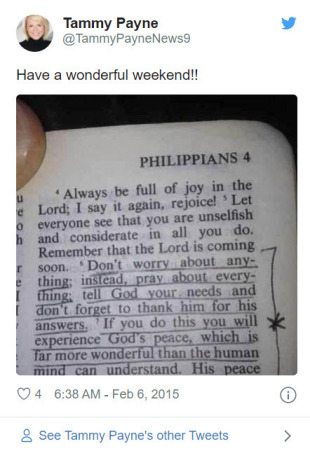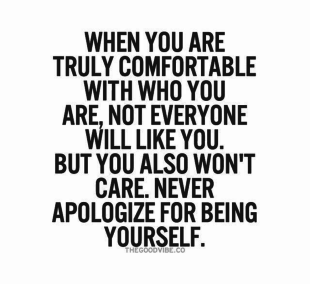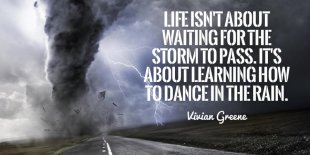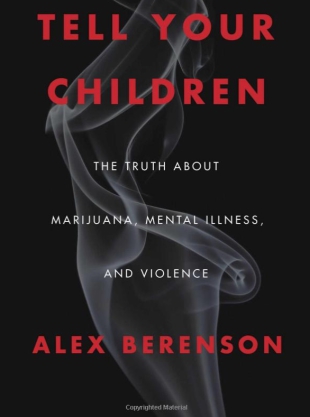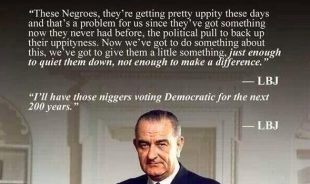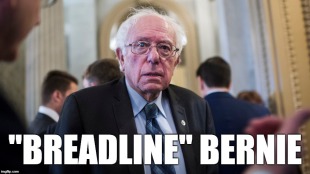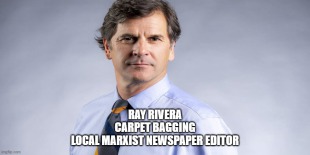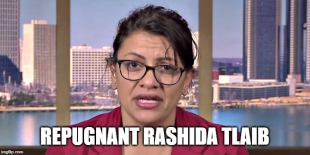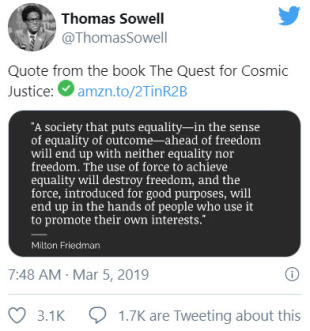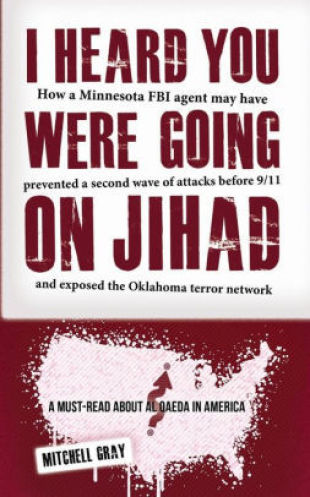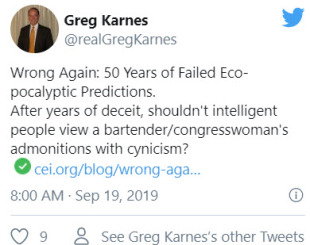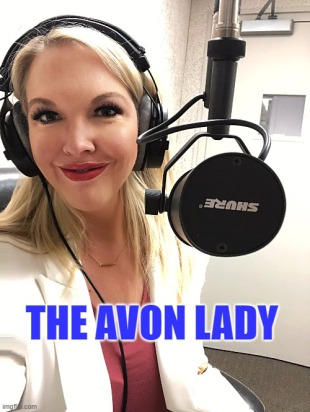Feel as if your child’s education may be stunted from having to share a classroom with an illegal alien ?? Perhaps sending your child to a private school would make sense !!
The public vs. private school calculator helps you decide whether it is best to send your children to public or private school. Enter your ZIP code, the number of children you have, the number you are considering sending to private school, your annual house income bracket, marital status (to help estimate cost of living) and estimated private tuition cost (if known).
Based on this information, the model weighs the quality of education available to your family (based on academics, programs and school culture) along with the estimated cost of living in your ZIP code and your annual household income to provide you with a recommendation of what type of institution to send your children to.
January 21, 2107
May 13, 2016
January 28, 2016
Title IX and Freedom of Speech on College Campuses (From Heather Madden – Independent Women’s Voice)
January 21, 2016
Former Pearson Exec Reveals Anti-American Agenda in Common Core
A former marketing executive for textbook publishing giant Pearson Education reveals the anti-American agenda behind Common Core and the Advanced Placement U.S. History framework in the third video of a series produced by Project Veritas and focused on the corporate cronyism behind the education reform known as Common Core.
October 14, 2015
6 Million More Students With Bachelor’s Degrees Than Jobs Available for Them (From National Center For Education Statistics)
Expert says one-third of those with bachelor’s degrees are in jobs that don’t require them (With this in mind, does it make economic sense to subsidize the college education for illegal aliens ?? Does it make economic sense for your child to major in a field such as African or Women’s Studies ??)
August 31, 2015
A “Dubious Expediency” - How Race-Preferential Admissions Policies on Campus Hurt Minority Students (From The Heritage Foundation - Gail Heriot)
Mounting empirical research shows that race-preferential admissions policies are doing more harm than good. Instead of increasing the numbers of African Americans entering high-status careers, these policies reduce those numbers relative to what we would have had if colleges and universities had followed race-neutral policies. We have fewer African-American scientists, physicians, and engineers and likely fewer lawyers and college professors.
May, 2015
Vacant School Buildings - An Examination of Kansas City and Saint Louis (From Show-Me Institute – Abigail J. Fallon, James V. Shuls)
Decades of declining enrollment have left the Kansas City and Saint Louis school districts with a unique problem—too many school buildings. Rather than operate schools well below capacity, the districts have elected to close many schools, leaving the district with vacant school buildings. This paper explores the problem of vacant school buildings and offers suggestions for returning these public buildings back to productive use. Specifically, we recommend that vacant school buildings be leased or sold to public charter schools. Both districts are making progress in this regard, but they have much room for improvement when it comes to disinvesting from abandoned school buildings.
April 23, 2015
An Education Agenda for the States: Fostering Opportunity from Pre-K Through College
The states, given their sufficient control over schools and colleges and their proximity to their communities, are in a far better position than the federal government to effectively execute educational policies. Although many education reform efforts have fallen flat over the years, there are promising initiatives on the horizon that state leaders would be well-advised to pursue. Governors and legislators are right to look for strategies that can provide the highest-quality education to the largest number of students. In pre-K, state leaders have a rare opportunity to build a system from the ground up; in K–12, they have the chance to remove barriers to give more freedom to teachers and parents; and in higher education, they have the opportunity to look beyond the existing system to create new, more affordable postsecondary options that allow more flexibility and innovation.
April 10, 2015
Great Teachers Are Not Born, They Are Made: Case Study Evidence from Massachusetts Charters
We highlight five high-performing charter schools that have assembled and trained highly effective teaching workforces. Candal finds that these schools: 1. Take advantage of the autonomy they enjoy to recruit and retain high-quality teachers; 2. Tend to be agnostic on teacher licensure, considering instead the teacher candidate’s academic background, and alignment with the school’s mission; 3. Tailor approaches to teacher induction and professional development that result in frequent evaluations with feedback and the formation of collegial professional groups; 4. Have clear philosophies about teacher retention and how to build talent pipelines that support the rapid induction of new teacher recruits and leverage experienced teachers.
Adobe Acrobat document [1.7 MB]
March 24, 2015
The ABCs of School Choice: The Comprehensive Guide to Every Private School Choice Program in America, 2015 Edition
This yearly report from the Friedman Foundation for Educational Choice outlines not only every type of school choice program currently in place in the U.S., it discusses different schooling options. This report goes state-by-state to show what school choice laws are being implemented and it provides an analysis of the laws.
Adobe Acrobat document [1.9 MB]
Adobe Acrobat document [619.9 KB]
March 16, 2015
How Can Schools Address America’s Marriage Crisis?
Schools can boost the education and employment prospects of disadvantaged youth, but this need not be our only strategy for helping teens find their way to a rewarding, middle-class life. Schools can also help their students develop “performance character” – drive and prudence in particular. It stands to reason that young people with the drive to work hard at school and on the job and the prudence to delay childbearing are going to be more likely to climb the ladder to upward mobility, and potentially to marry. Finally, schools can provide an excellent suite of extracurricular offerings, which can help students develop important character strengths and keep them off the streets.
Adobe Acrobat document [863.0 KB]
March 16, 2015
The New Orleans Case for All-Charter School Districts
Across the country, children in urban districts are being denied rich, rigorous educational opportunities. The causes of these poor opportunities are multifold: urban students suffer from high rates of poverty and violence; additionally, as a country, we do not develop enough teachers who can succeed in these difficult conditions. In New Orleans, student achievement is on the rise, equity is increasing, and New Orleans citizens strongly back their reform efforts. New Orleans overhauled its public school structure by transitioning to a system where nonprofits operate schools and government regulates the system. In doing so, it has developed a set of rules that ensure that charter schools eschew inequitable practices. New Orleans provides evidence that charter schools can maintain superior performance even when they are subject to many of the same rules as district schools.
Adobe Acrobat document [1.7 MB]
March 03, 2015
Thirty-Six Steps: The Path to Reforming American Education
The 36 steps listed here are geared towards reforming higher education in America. Important steps include reducing or reversing the growth in costs; radically revising the federal financial aid system; reducing university administrative bureaucracies; raising admissions standards to improve quality and end underemployment; reshaping accreditation; raising academic standards; eliminating grade inflation; and eliminating speech codes and other barriers to academic freedom.
Adobe Acrobat document [2.1 MB]
February 1, 2015
Abbott: Federal Government Imposing ‘One-Size-Fits-All’ Standard With Common Core
January 30, 2015
The School Choice Journey: Parents Experiencing More Than Improved Test Scores
Studies indicate that low-income parents participating in the District of Columbia’s private-school choice program prioritize the safety of schools over school’s academic quality as they transition from public schools. Furthermore, when evaluating their child’s academic progress, parents do not view standardized test scores as a key metric of success. Most interestingly, these urban parents report that they want to be respected as advocates of their child’s education and will fight hard to keep their child’s private-school choice program if it’s future is threatened. These lessons should be considered when designing and implementing publicly funded means-tested programs in an effort to break the cycle of poverty among low-income families and disadvantaged communities.
Adobe Acrobat document [424.3 KB]
January 13, 2015
The Next Step in School Choice
Education savings accounts operate like the “partial voucher” that Friedman envisioned more than a decade ago, allowing families to seek out the best educational opportunities for their students—whether those be in a private or parochial school or a mix of non-traditional education options. Two states have already adopted ESAs, and numerous other state legislatures have considered them. ESAs constitute a critical refinement of Friedman’s voucher idea, moving from school choice to educational choice. The challenge for state policymakers is to overcome implementation issues, avoid constitutional roadblocks, and resist harmful regulations masquerading as “accountability.”
Adobe Acrobat document [241.3 KB]
December 18, 2014
The Evolution of Charter School Quality
Charter school quality has improved over time. This improvement is the result of three consistent changes. First, schools that close are drawn disproportionately from the least effective charter schools. Second, schools that open during the period of study far outperform those that close; the average value-added for new charters is roughly equal to the average among existing charters. Third, charter schools remaining open throughout the decade from 2001 to 2011 exhibit increases in average school value-added. In looking deeper into the sources of these improvements, we find support for the beliefs that an expansion of the share of schools that adhere to a no-excuses philosophy, increases in the selectivity of entering students, and a reduction in student turnover as the sector matures contribute to the charter sector’s improvement, though much of the improvement remains unexplained by these three factors.
Adobe Acrobat document [142.9 KB]
December 8, 2014
Reauthorizing No Child Left Behind: Four Recommendations to Advance Federalism in Education
In early 2015, Congress is likely to consider reauthorization of the Elementary and Secondary Education Act (ESEA), currently known as No Child Left Behind (NCLB), presenting conservatives with an opportunity to advance bold reforms to federal education policy. NCLB reauthorization will take one of two paths: It will either maintain (and potentially expand) high levels of federal interference in education, or it will take steps toward restoring state leadership and citizen ownership of education. To reverse decades of Washington overreach and revitalize state and local reform efforts, policymakers must choose the latter.
Adobe Acrobat document [111.2 KB]
December 02, 2014
Stop the Middle Class Decline: Enact School Choice for All
A recent report from SMU concluded: “Rebuilding America’s middle class will require capitalism in the classroom.” The report, Rebuilding America’s Middle Class, was authored by Dr. Michael Cox and Richard Alm, both with the O’Neil Center for Global Markets and Freedom at Southern Methodist University. The authors examined middle class decline and how shifts from manufacturing to service economies and the advent of technology have changed intellectual capital needs. So why is Texas behind the curve on this front? According to Cox and Alm, it’s the “tyranny of the status quo.” The financial interests of the benefactors of the current system see school choice as a threat. As the authors say, “Make no mistake: they’re fighting to protect their own interest, not students’ well-being.”
Adobe Acrobat document [435.6 KB]
October 23, 2014
Accountability in Education: Who Is Responsible?
What has the cooperative model produced in private education? It produces testing on nationally norm referenced tests and publishing the results to the consumer, parents, without any regulation forcing it to do so. The consumer wants to know how their child is doing, so the supplier complies. In the world of cooperation, the supplier provides what the consumer wants or someone else will. In the world of cooperation, the supplier deals locally with safety concerns or someone else will. In the world of cooperation, if the customer demands something too weird or extreme, nobody will supply it. Is it time to allow cooperation and school choice, the ultimate in school accountability?
Adobe Acrobat document [201.4 KB]
September 15, 2014
Can College Be Made More Affordable? It’s About More Than Student Loans
If you were to do absolutely nothing, I think market forces, muted as they have been by the distortive effect of government subsidies, would nonetheless work in the near future to lower sharply future tuition increases. Enrollments are stagnant and many schools are desperate for students. New forms of innovative competition will eat into the market of traditional high cost schools. Fighting for survival, schools will be forced to be more innovative, more affordable, and better performing. Creative destruction or disruptive innovation has worked brilliantly in developing a vibrant competitive market economy that has made us the most prosperous of all large nations. It can work in higher education as well –if we give it a chance.
Adobe Acrobat document [403.4 KB]
September 12, 2014
The Moral Case for School Choice
Individuals who are entrenched against improvements that can be made in public education often overlook the benefits that increased school choice will provide. There are financial benefits, such as increasing teacher salaries, but the moral benefits are often not treated seriously. School choice would both preserve and promote the values we hold dear. These values were given shape in the first declaration of the American people: “We hold these truths to be self-evident, that all men are created equal, that they are endowed by their Creator with certain unalienable Rights...” This short paper will illustrate how school choice would both preserve liberties and rights and promote greater equality.
Adobe Acrobat document [185.8 KB]
September 04, 2014
How Much Are Teachers Really Paid?
While teacher pay varies greatly across the country, Milwaukee makes it clear that higher pay does not always translate into higher test scores. Moving forward, policy makers may need to look to other educational reforms if they intend on better preparing students for success.
Adobe Acrobat document [1.9 MB]








